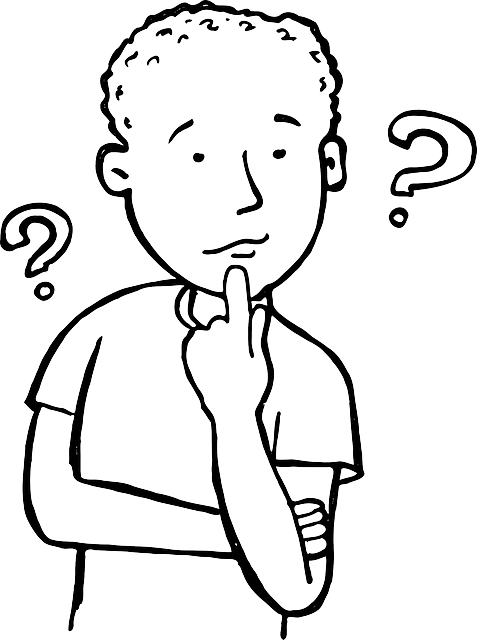
Metacognition is one of those education buzz words we hear when folks are talking about teaching and learning, but what is it? And is this something I should be adding to my classroom? The simple answer is yes. Metacognition, simply put, is the ability to reflect on what you know and what you don’t. Students who capitalize on metacognition are able to recognize when they don’t know something and fill in the gaps by relearning or practicing a skill to become proficient. Not all students are naturally good at reflecting on their own learning, can get frustrated with poor exam grades, and may even feel they will never be "good" at certain topics.
There are ways we can help students by actively engaging them in our classes (see previous blog post for ideas), but a critical component of metacognition is feedback. Feedback is what allows students to know if they understand the content or not. Learning is more efficient when students are aware of what they know and what they don’t. Unfortunately, students are sometimes overconfident when they predict or assess their own understanding, especially when their go-to study strategies include re-reading lecture materials or the textbook.
The good news is that research-backed recommendations for helping students improve their metacognition are not difficult to incorporate in your class and will not add to your current grading workload.
Here is an activity that can be added to every class and can help students improve their metacognition and their exam scores.
After every class, ask the following questions:
- On a scale from 1 (very unclear) to 4 (very clear), how would you rate your overall understanding of today’s class?
- What are two things you learned in today’s class?
- One a scale from 1 (not confident) to 4 (very confident), how confident are you that the two things you just wrote down are correct?
- What concepts from today’s class did you find difficult to understand?
- Specifically, what will you do to improve your understanding of the concepts that were difficult?
Here is another activity that takes minimal effort to create but that can help students enormously. With practice, students will be able to create this kind of activity for themsleves.
After class, provide students with key objectives or essential questions they should be able to answer from the lesson.
- Before students write answers to the questions, have them evaluate their confidence in their ability to answer.
- If they know an answer, have them put a star next to the question
- If they don’t know an answer or are unsure, have them put a question mark next to the question
- Have students retrieve (from memory) all the answers for the questions they identified with stars.
- For questions with question marks, have students refer to their notes or course content to answer.
- Have students return to the questions they answered from memory (the starred questions) and verify from their notes or text if their answers are correct.
Students can use these activities spaced throughout the course. Submitting these activities for minimal points could help motivate reluctant students to participate and may also provide some insight into what areas might be challenging for them.
Reference:
Agarwal, P.K., & Bain, P.M. 2019. Powerful Teaching, Unleash the Science of Learning. San Francisco, CA: Jossey-Bass (available at the Penn State Library)
image credit: Pixabay.com
~ Reach out to Jane Sutterlin (jes17@psu.edu) for questions or further discussion.